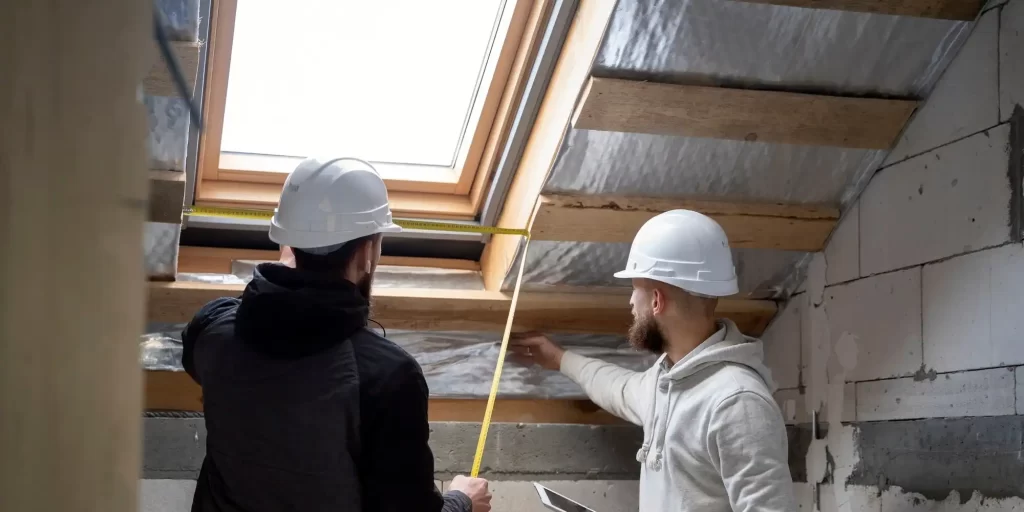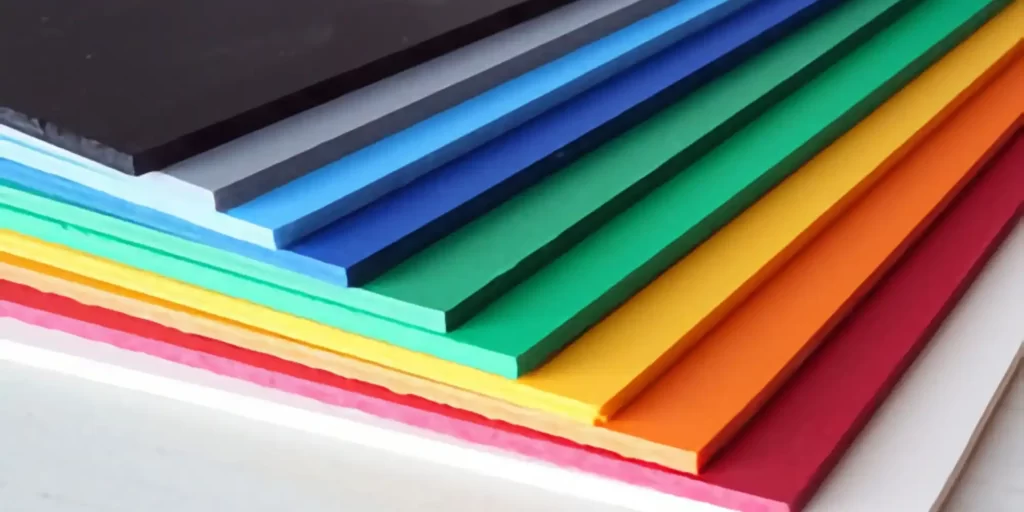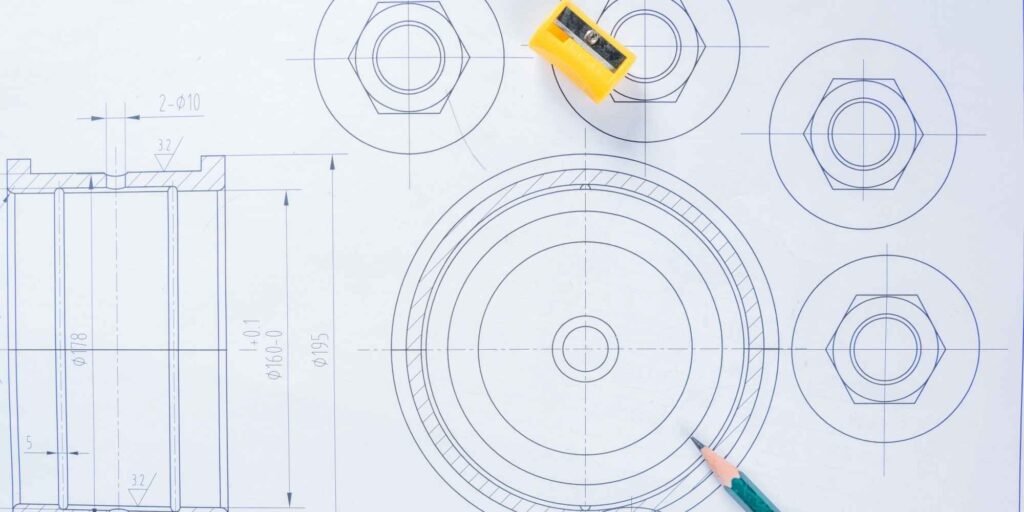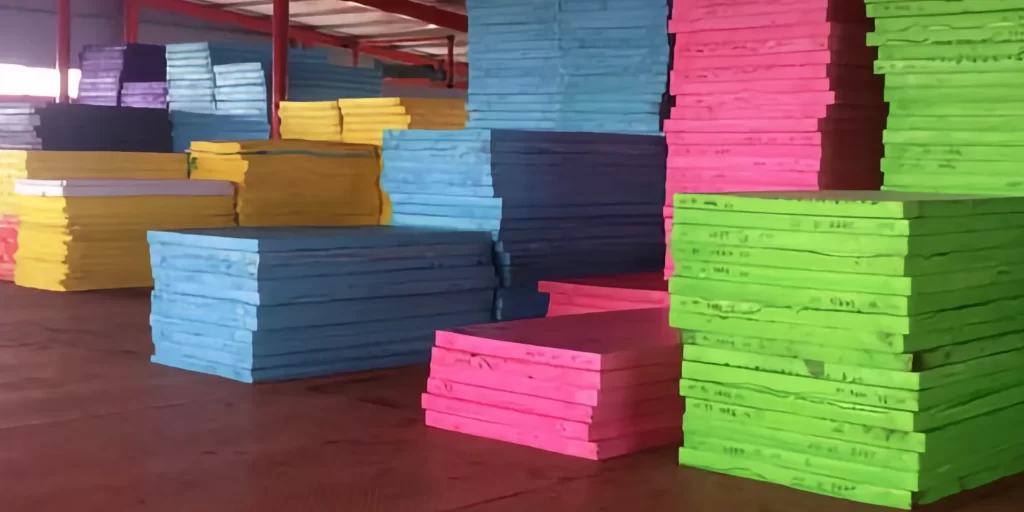In the quest for materials that provide effective thermal insulation, Ethylene-Vinyl Acetate (EVA) foam has emerged as a leading solution. Known for its exceptional ability to resist temperature transfer, EVA foam is utilized in a multitude of industries, from construction to consumer goods, offering enhanced performance and energy efficiency. This article will explore the benefits of EVA foam in thermal insulation products, its diverse applications, and provide answers to frequently asked questions.
The Benefits of EVA Foam in Thermal Insulation
EVA foam’s rise to prominence in thermal insulation is due to its outstanding properties:
1. Superior Temperature Resistance:
EVA foam can withstand a wide range of temperatures without deforming or losing insulating properties, making it suitable for both hot and cold environments.
2. Moisture Resistance:
Its closed-cell structure not only insulates but also repels water, preventing moisture-related issues like mold and mildew.
3. Durability:
EVA foam maintains its shape and effectiveness over time, even when subjected to mechanical stress and environmental factors.
4. Lightweight and Flexible:
The material’s light weight and flexibility make it easy to work with and install in a variety of settings.
5. Customizable:
EVA foam can be produced in various thicknesses and densities, allowing for tailored insulation solutions to meet specific requirements.
Applications of EVA Foam in Thermal Insulation
Building and Construction:
EVA foam is used as insulation in walls, roofs, and flooring, contributing to energy efficiency and comfort in residential and commercial buildings.
Pipes and Ductwork:
Insulating pipes and ducts with EVA foam prevents heat loss and condensation, optimizing the performance of HVAC systems.
Consumer Appliances:
EVA foam is found in refrigerators, freezers, and water heaters, where it insulates and improves energy conservation.
Automotive Industry:
In vehicles, EVA foam serves as insulation under the hood and in the lining of car interiors, protecting against heat and enhancing passenger comfort.
Sporting Goods:
EVA foam is used in wetsuits and thermal bags to maintain body or food temperature in outdoor activities.
Customization and Environmental Considerations
EVA foam’s ability to be customized for specific insulation needs makes it a versatile choice for manufacturers. Additionally, EVA foam is often recyclable, which appeals to environmentally conscious consumers and businesses aiming to reduce their ecological footprint.
FAQs About EVA Foam in Thermal Insulation
Q: How does EVA foam compare to other insulation materials?
A: EVA foam is often more lightweight and flexible than traditional insulation materials, making it easier to install and suitable for a wider range of applications.
Q: Can EVA foam insulation be used in extreme temperatures?
A: Yes, EVA foam is designed to perform in extreme temperatures, but it’s important to choose the appropriate grade for specific conditions.
Q: Is EVA foam insulation easy to install?
A: Due to its flexibility and the availability of adhesive-backed options, EVA foam is generally very easy to install.
Q: How environmentally friendly is EVA foam insulation?
A: EVA foam is BPA-free and non-toxic, and its recyclable nature makes it a more environmentally friendly insulation option.
Q: Does EVA foam insulation require maintenance?
A: EVA foam is low-maintenance due to its durability and resistance to moisture and other environmental factors.
In conclusion, EVA foam stands out as an advanced material for thermal insulation, offering a combination of thermal resistance, moisture protection, and durability. Its versatility and ease of use make it suitable for a wide range of applications, from industrial to consumer products. As the focus on energy efficiency and sustainable materials continues to grow, EVA foam’s role in thermal insulation is expected to expand, providing effective solutions for temperature control challenges across industries.






